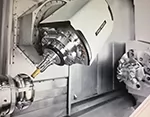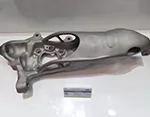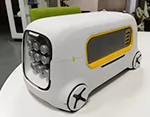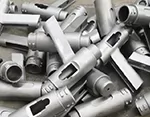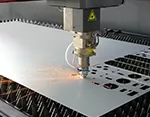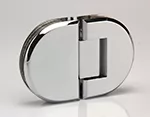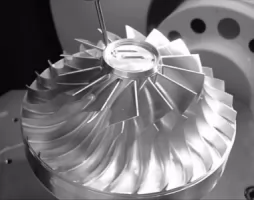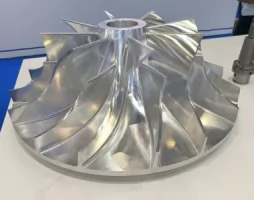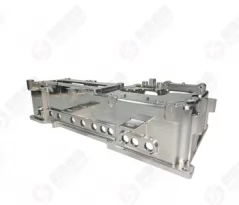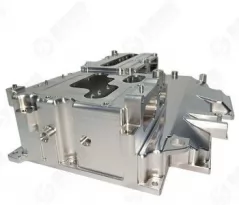-
Service
+
- CNC Precision Machining Service +
- Multi-Axis Simultaneous Machining Service +
- CNC Turning Service +
- Metal 3D Printing Service +
- Rapid Prototyping Service +
- Die Casting Service +
- Sheet Metal Fabrication Service +
-
Finish Serivces
+
- Polishing
- Grinding
- Brushed Finish
- Sand blasting
- Painting
- Powder Painting
- Anodizing
- Hard anodizing Service
- Passivation
- Zinc Plating
- Nickel Plating
- Chrome Plating
- Blackening
- Black Zinc Plating
- Teflon Coating
- Titanium Coating
- DLC Coating
- Laser Marking
- Silk Screen Printing
- Transfer Printing
- Micro Arc Oxidation
- Industries +
- About Us +
- Resource +
- Contact Us
- Quote

-
Service
-
>
-
>
-
>
-
>
-
>
-
>
-
>
-
>
-
- Industries
- About Us
- Resource
- Contact Us
CNC turning is a highly precise and efficient subtractive machining process that works on the principle of the lathe machine. It involves placing the cutting tool against a turning workpiece to remove materials and give the desired shape.
The turning center or lathe stays secured while the raw material rotates at high speed. As the workpiece rotates along a dual CNC turning machine axis movement, a single-point cutting tool helps to shape the material. Computer programs help to control the turning center or lathe, ensuring the production of meticulously precise components.
CNC milling and most other subtractive CNC processes often secure the workpiece to a bed while a spinning tool cuts the material. In contrast, CNC turning uses a reverse process that rotates the workpiece while the cutting bit remains static.
Kesu Hardware Group’s Advantages of CNC Turning
Kesu Hardware Group’s CNC Turning Service with Precise and High tolerance:The CNC turning machine can execute exact measurements and eliminate human mistakes using CAD or CAM files.Whether producing a prototype or completing the entire production cycle, experts can use cutting-edge machinery to provide incredible precision.
Kesu Hardware Group’s CNC Turning Service with Flexibility:In addition to using turning tools, a CNC turning center can also be equipped with rotating cutters such as end mills or drills to accommodate your applications’ flexibility which allows for greater freedom in machining, such as having the ability to handle asymmetrical features in parts. This increases production speed and efficiency, cost-effectiveness and safer operations.
Kesu Hardware Group’s CNC Turning Service with Fast and Repeatable:CNC turning machines can produce parts fast because they follow a precise set of instructions without pause, and different tools can be changed out quickly when required.

Process of CNC Turning
For cylindrical parts such as pins, shafts, and spacers, or parts with general rotational symmetry, ‘turning’ them on a lathe is usually the simplest and most cost effective choice. Contrary to a mill,a lathe operates by fixturing cylindrical stock, called a rod, into a rotating chuck jaw on the machine. As this chuck rotates at a high RPM, so does the stock, and a fixed-orientation tool then translates along and across the stock to cut part features.
A CNC lathe equipped with live-tooling has all the capabilities of a standard lathe, but instead of relying solely on stationary tools, it can have rotating cutters such as drills or endmills, allowing for greater machining freedom and the introduction of asymmetrical features into the part without additional fixturing setups.
For cylindrical parts such as pins, shafts, and spacers, or parts with general rotational symmetry, ‘turning’ them on a lathe is usually the simplest and most cost effective choice. Contrary to a mill,a lathe operates by fixturing cylindrical stock, called a rod, into a rotating chuck jaw on the machine. As this chuck rotates at a high RPM, so does the stock, and a fixed-orientation tool then translates along and across the stock to cut part features.


